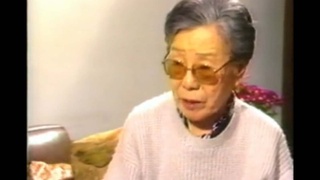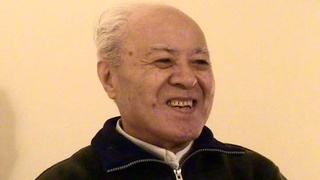Interviews
Impressions from interviews with Issei women (Japanese)
(Japanese) So when they left Japan, for example, some of them were picture brides… like in the early 1900s, right? They’d have been in their 20’s or so. So I would ask questions like, “How much about America did you know at that time?” or, “Weren’t you afraid to come to the States without knowing much about America?” and most of them would answer, “No, not really.” You’d think that they would say that they were afraid, right? However, that wasn’t the case at all. Also, there are those who said, “many of us were disappointed when we came over here [to America], but this was something I chose to do.” They had this attitude of independence. That, I thought, was something very admirable.
Date: October 7, 2005
Location: California, US
Interviewer: Ann Kaneko
Contributed by: Watase Media Arts Center, Japanese American National Museum
Explore More Videos

The reason for coming to Japan
(b. 1967) Hawai`i-born professional fighter in Japan

Yobiyose system in Canada
(b. 1922) Canadian Nisei who was unable to return to Canada from Japan until 1952

Reason to come back to Canada in 1954
(b. 1922) Canadian Nisei who was unable to return to Canada from Japan until 1952

History of her family's immigration (Spanish)
(b. 1969) Former president of Centro Nikkei Argentino.

Moving to and living in Japan
Japanese American Creative designer living in Japan

The reason to stay in Japan after his third year
Japanese American Creative designer living in Japan


The various realities of Nikkei in Latin America (Spanish)
(b. 1950) Nisei Chilean, Businessman

Reasons for immigrating to Brazil (Japanese)
Issei, Pioneer of women's education in Brazil


Initial struggles with the language barrier (Japanese)
(b. 1917) Okinawan, Issei Argentinean

Decided to leave Japan to Argentina (Spanish)
(1925-2014) La Plata Hochi, Journalist

Tango makes him to stay in Argentina (Spanish)
(1925-2014) La Plata Hochi, Journalist


Decision to settle in Argentina after WWII (Spanish)
(b. 1929) Nisei Argentinean
